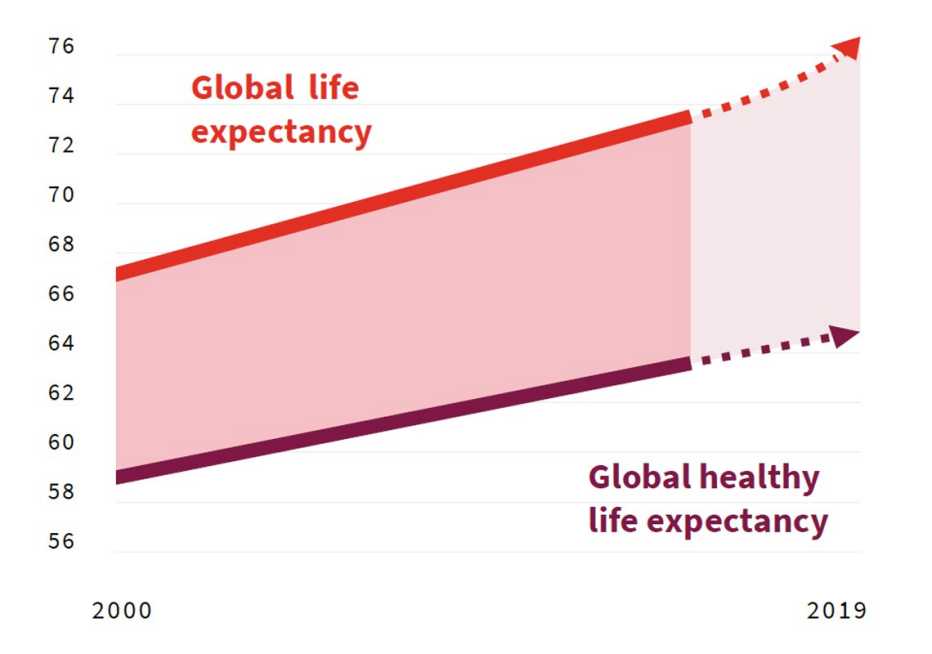Staying Fit


In Uganda, solar-powered shipping containers are making medical care convenient for older adults living in rural villages. Thousands of miles away, in England, technology is returning a sense of independence to seniors battling chronic diseases. And in Vietnam, local community centers are meeting the health and social needs of their older residents.
While vastly different, these programs, featured in a new report from AARP and Economist Impact, all have one thing in common: They’re helping to close a growing gap between how long we live (lifespan) and how many of those years are spent in good health (healthspan). And doing so has never been more critical.


AARP Membership— $12 for your first year when you sign up for Automatic Renewal
Get instant access to members-only products and hundreds of discounts, a free second membership, and a subscription to AARP the Magazine.
Separating aging from illness
People around the world are living longer than ever. Life expectancy in the U.S. is roughly 79 years, according to the Centers for Disease Control and Prevention (CDC). Compare that to the turn of the 20th century, when Americans weren’t expected to make it to 50. Trends in other countries are following a similar track.
But all of those added years aren’t necessarily healthy ones. Chronic conditions like heart disease and diabetes become more common later in life, and these ailments, which affect about 85 percent of older adults, can disrupt the ease of daily activities and upend independence.
Feeling disconnected from society also contributes to the lifespan-healthspan gap. Nearly 1 in 4 adults age 65 and older are socially isolated, which the CDC says increases the risk for a number of health concerns, including depression, dementia — even death.


































































More on Health
Why Everything You Thought About Middle-Aged Metabolism May Be Wrong
A new, large-scale study upends traditional thinking on midlife weight gain and more
What Should Your Diet Be Like After 50?
As our bodies change, so do our nutritional needs5 Things to Do in Your 50s to Be Active at 80
Research shows a few key midlife steps really pay off in how well you age decades down the road